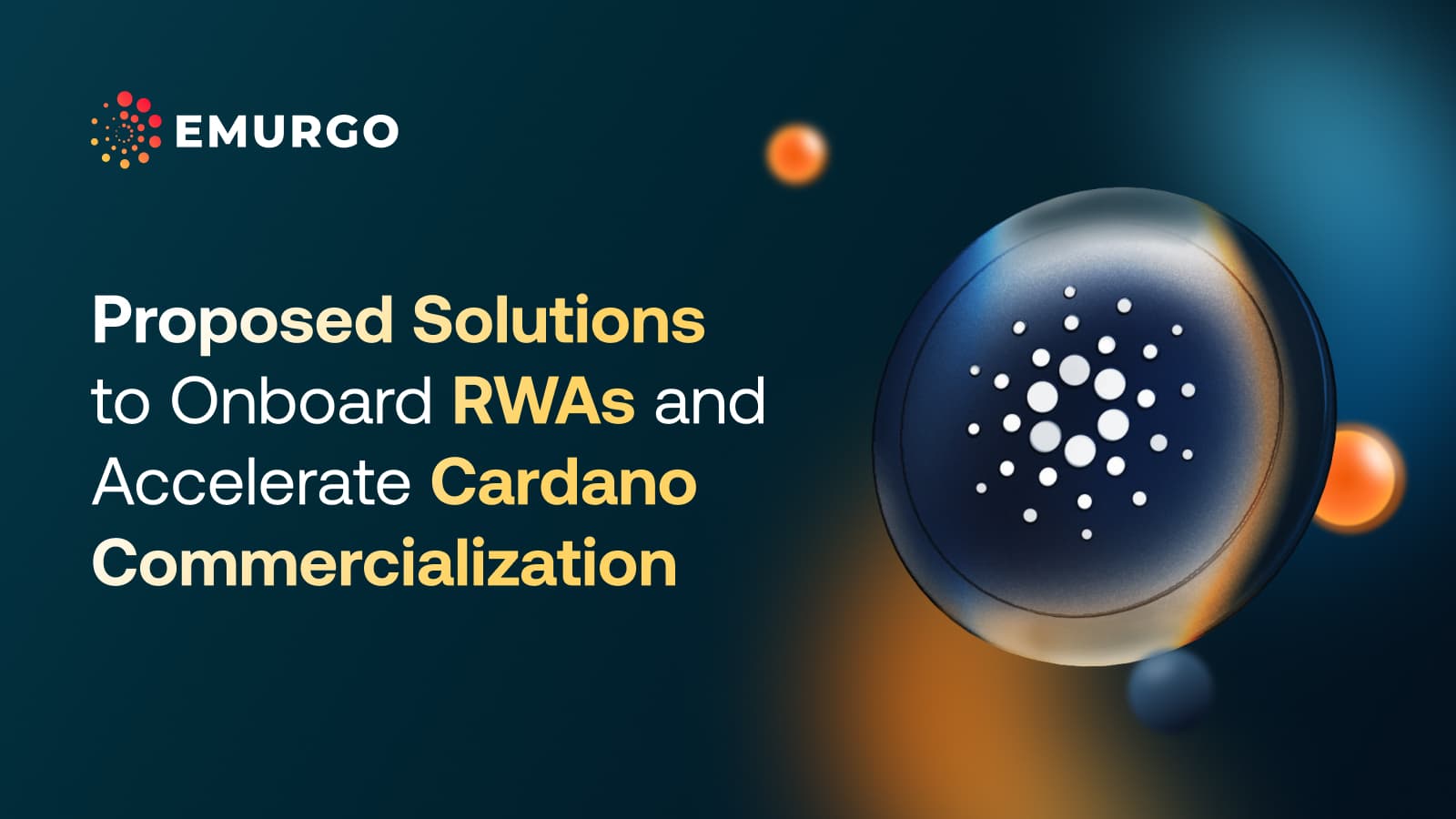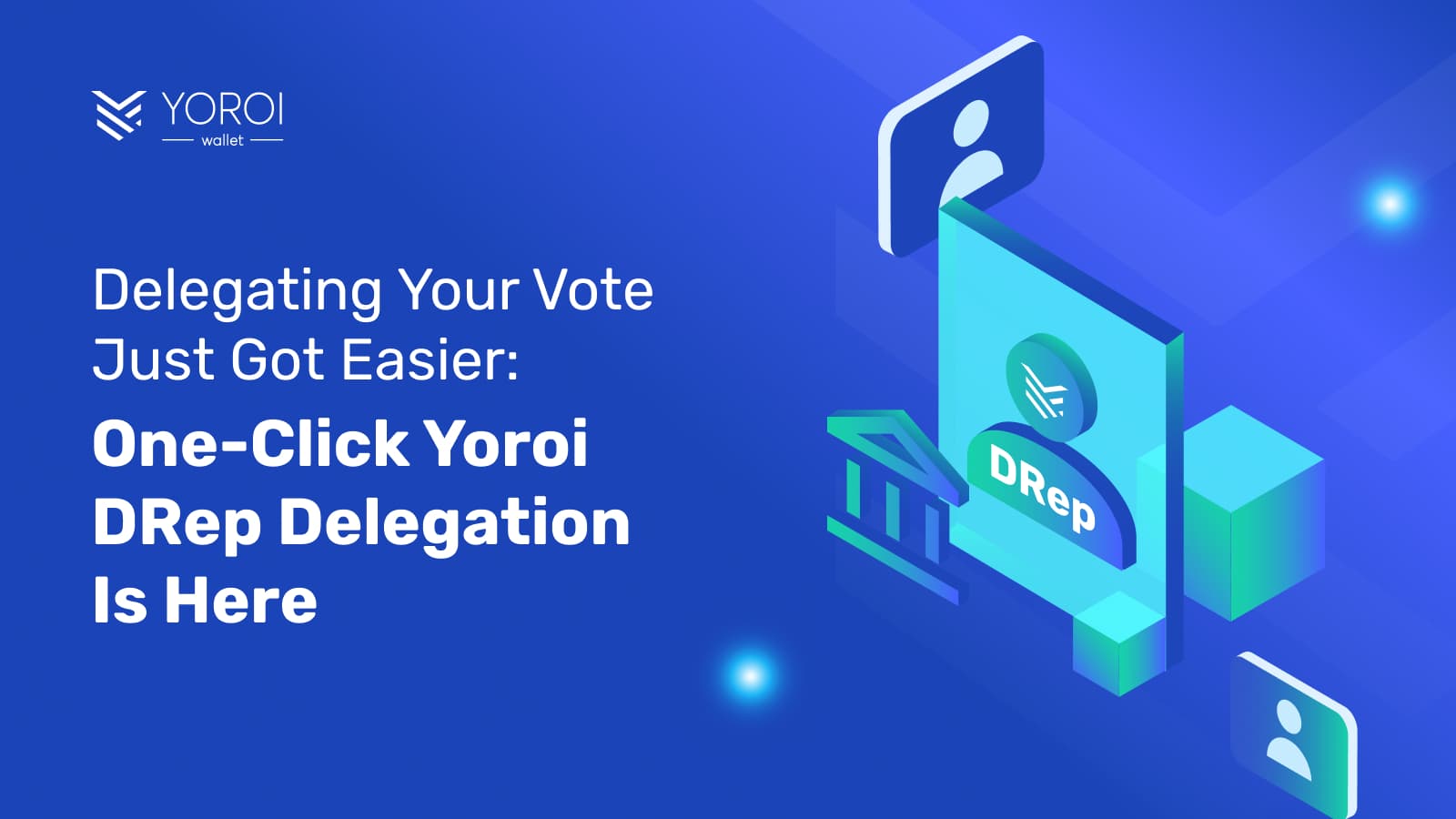DeFi (decentralized finance), which leverages decentralized blockchains, has grown quickly in new products, services, and users over the past few years. TVL (Total Value Locked) is a common metric to measure the amount of value within DeFi and has been in the tens of billions of dollars. Since blockchain and crypto itself are relatively new, DeFi which itself is an ecosystem within blockchain, is even newer.
Builders continue to build new products and features for DeFi which enable open access to peer-to-peer financial services utilizing crypto. Users gain awareness of blockchain, then DeFi, and start to experiment and learn about its future potential. Thus, the DeFi ecosystem is one filled with opportunities for those willing to enter it provided they are aware of its risks and benefits.
As DeFi is a nascent space, there is a potential risk because DeFi services use open-source software protocols built on decentralized blockchains. This can pose financial risks when trading assets, and also security risks when it comes to using DeFi products/applications that can have technical bugs and flaws that can steal user funds locked in these products/applications.
However, there are certain ways to mitigate some of these risks by being aware of certain aspects before getting involved with DeFi. But, a user must always be aware that there are no guarantees of rewards and must balance potential risk with potential rewards.
In this blog, we’ll outline some of the basic strategies you can use to start learning DeFi and have a stronger knowledge base.
DeFi is a very broad space, and also part of the blockchain industry, which is even bigger. Before we start, it’ll be useful to delineate where the DeFi space starts properly, at least how this article will define it.
By DeFi, we mean interacting with decentralized applications (dApps) that use decentralized blockchain-based smart contracts to validate business logic. These dApps don’t have intermediaries and utilize smart contracts to secure user funds.
The business logic of these dApps runs on top of a distributed or decentralized blockchain such as Cardano or Ethereum. That rules out any financial product running on top of a blockchain built by a centralized crypto exchange or one issued by a private company.

DeFi runs the gamut from straightforward applications to complex financial systems. The best way to start is to “dip your toes” in DeFi by identifying a few simpler and common strategies that not only showcase the power of DeFi but also help to build experience in the field.
Common sense would also dictate that you start by experimenting with a small amount to get familiar with certain DeFi features. Remember that any strategy still carries user risks and is not a guarantee of 100% security, but are just some of the more common basic ways to start getting involved with DeFi.
Let’s look at a few of these basic and common strategies:
-
DYOR (Do Your Own Research)
This might seem to be common sense again, but it is a very basic strategy to get started with DeFi. In this context, DYOR means checking the legitimacy of the dApp’s website and URL, security history, user base, TVL, and other comments made by its users in online communities and social media such as X.
What are people saying online? Have there been any major security breaches? Has the dApp been security audited? Who is the developer behind the dApp? Is the URL verified? How many users does the dApp have? Is there a significant amount of TVL? How do I connect a wallet and funds/tokens?
Ask yourself these questions first and take the time to do your own research before committing any funds to a DeFi dApp.
-
Stake tokens
The most straightforward DeFi strategy is to stake tokens or crypto to gain yield over time. It’s the most basic of strategies because calculating the profit of a staking platform is very simple. It’s the interest offered over the period of time the asset is staked.
In most cases for tokens, the locking period forbids the withdrawal of the asset. This means that during a downturn in the price, it’s not possible to remove it from the smart contract and sell it. This is not true for every type of staking smart contract, but most of them require a locking period.
Cardano and its native crypto ADA are unique because staking is liquid and self-custodial. A user’s staked ADA can be removed at any point, so the risks of this strategy are reduced dramatically.
-
Mint stablecoins
Next, we have another simple DeFi strategy that can be used for those unfamiliar with the space. It’s minting stablecoins using an algorithm to create a peg with the US dollar.
Stablecoins use a cryptocurrency as a reserve to mint stablecoins. These are permissionless assets and can be minted by anyone. In most cases, the reserve requirements have to be above the created amount of the stablecoin, also known as over-collateralization.
For example, to mint 100 dollars of stablecoin, a user would need to provide 160% in a cryptocurrency. In our case, it would be ADA that provides the asset for the reserve and becomes the collateral posted.
Again, with this strategy, the only variable is the amount of the reserve required. The risk is that if the ADA falls in price and the original amount is not enough to maintain the collateral required, the contract enters into liquidation. A user must be aware of this risk.
This strategy allows users to familiarize themselves with algorithmic stablecoins, collateral requirements, and liquidations. The stablecoins themselves don’t provide any sort of yield, but they can be used in the rest of the DeFi ecosystem while the reserves are to be maintained at a level above the liquidation threshold.
-
Providing liquidity
Another strategy is providing liquidity to a decentralized exchange (DEX) pool. It’s a strategy that involves locking a pair of tokens by adding a 50/50 supply of the pair to the chosen liquidity pool. By providing liquidity to the pool, the user gains a portion of the fees when people trade that specific pair of tokens.
There is risk in this strategy in that the liquidity provider is affected by impermanent loss, which is a phenomenon that happens when one of the tokens in the pair rapidly loses its value. At that moment, the liquidity provider has a larger amount of the less valuable token.
If the liquidity provider removes the liquidity, then the loss is incurred and becomes a concrete loss. If the user leaves the token in the pool, and later the token recovers its value up to the original amount, then the loss is erased. Of course, there is no guarantee the token will ever recover.
That’s the reason why providing liquidity is a much more advanced strategy. The liquidity provider not only needs to factor in the fees as a source of profit but also the risk of the assets falling in price, which can be very difficult.
But it remains a strategy for those starting in DeFi.
EMURGO and the Institute of Blockchain Singapore are collaborating to host a 2-day workshop on DeFi for business and finance professionals in Singapore in January 2024.
This 2-day DeFi workshop aims to provide you with a comprehensive overview of both blockchain and DeFi, enabling participants to make informed decisions, participate in the DeFi ecosystem, and contribute to the growth of DeFi. Speakers include industry leaders from EMURGO, EMURGO Academy, Coinbase, Kronos Research, Merkle Science, and more.
For more workshop information including dates and registration info, please visit the official page here.
About EMURGO
- Official Homepage: emurgo.io
- X (Global): @EMURGO_io
- YouTube: EMURGO channel
- Facebook: @EMURGO.io
- Instagram: @EMURGO_io
- LinkedIn: @EMURGO_io
Disclaimer
You should not construe any such information or other material as legal, tax, investment, financial, or other advice. Nothing contained herein shall constitute a solicitation, recommendation, endorsement, or offer by EMURGO to invest.



